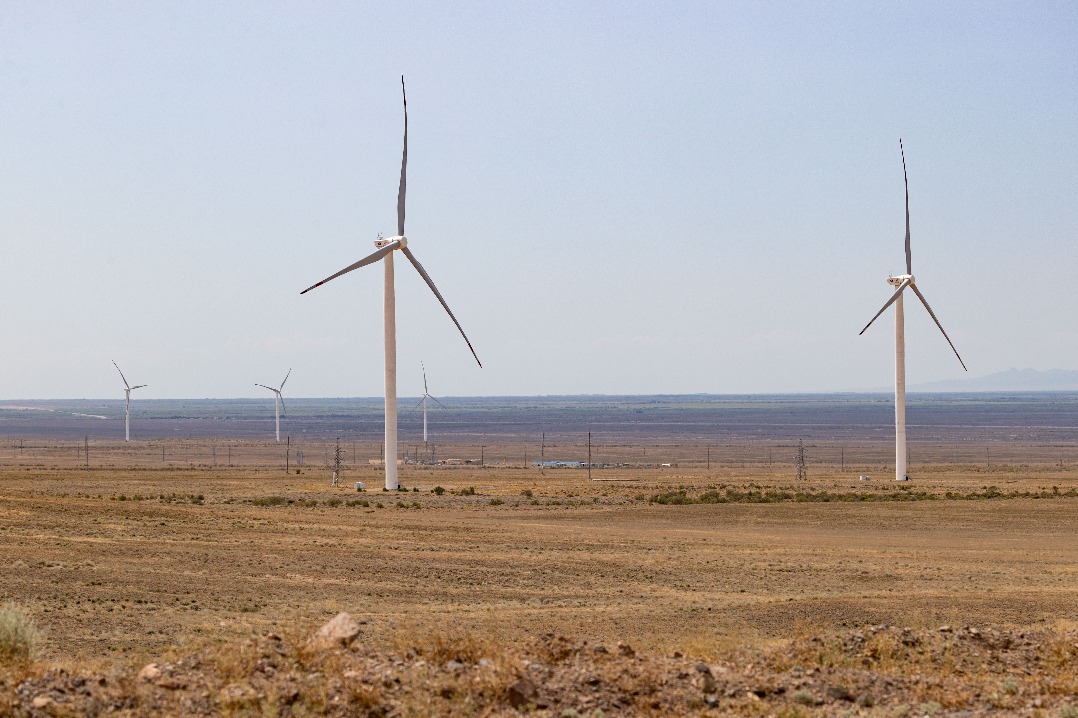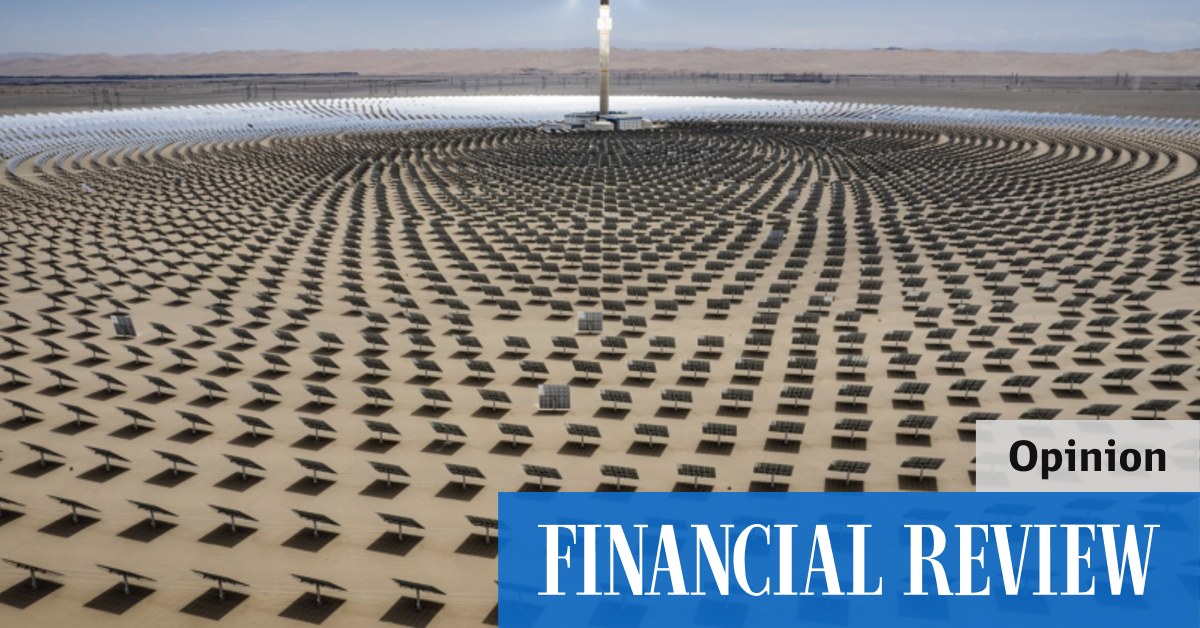Advancing Solar and Wind Power Collaboration
China and Kazakhstan are enhancing their cooperation on renewable energy projects, leveraging Kazakhstan’s vast renewable resources with China’s advanced technology and investment capacity. This partnership aims to drive significant developments in the solar energy market and energy storage solutions.
Expanding Wind Power Capacity
Chinese wind turbine manufacturer Xinjiang Goldwind Science & Technology Co. Ltd. has identified Central Asian countries, including Kazakhstan, as key markets. By the end of the first quarter, Goldwind had installed over 319,000 kilowatts of wind power capacity in the region. The company is exploring opportunities to invest in local factories in Kazakhstan to manufacture wind turbines domestically, reflecting a broader trend of increased renewable energy investment by Chinese firms in the region.
Leveraging Green Energy Potential
According to industry experts, Chinese companies excel in cost control and green energy technology advancements, making them competitive in the global market. Su Chang, a research fellow at the Chinese Academy of Social Sciences, highlighted that Central Asia is rich in renewable energy resources, offering substantial development potential. The region’s transition to green, low-carbon economies is facilitated by China’s technical and management strengths in solar and wind power.
Ma Yinqiong, a senior analyst at Rystad Energy, described the China-Central Asia green energy partnership as a “win-win” situation. Central Asia, with its unique natural conditions for developing solar, wind, and hydropower, benefits from China’s technological, managerial, and production expertise. This cooperation accelerates the development of green energy and promotes environmental protection, contributing to global sustainability goals.
Significant Renewable Energy Growth
China’s renewable energy sector has seen remarkable growth. By the end of May, China’s installed power generation capacity reached 3.04 billion kW, a 14.1% year-on-year increase. Solar power capacity surged 52.2% to 690 million kW, while wind power capacity rose 20.5% to about 460 million kW. China aims for clean energy to exceed 50% of total generation by 2030, with electricity accounting for about 34% of end-use energy consumption.
Key Projects and Future Prospects
The 100-megawatt Zhanatas wind farm, a significant project under the China-Kazakhstan production capacity cooperation framework, began operations in June 2021. It alleviates power shortages in southern Kazakhstan and demonstrates Kazakhstan’s commitment to environmental protection. Kazakhstan has emerged as a top destination for Chinese-made wind turbine exports, driven by its rich wind resources and the increasing momentum of joint overseas projects by domestic developers and turbine makers.
China’s commitment to clean energy and grid reliability has led to substantial progress in renewable energy capacity and manufacturing capabilities. In 2023, China continued to expand its renewable energy capacity and invest in clean technologies, such as batteries for electric vehicles, solar panels, and wind turbines. This ongoing development underscores China’s leadership in the global transition to sustainable energy solutions.
Source:usa.chinadaily.com.cn





